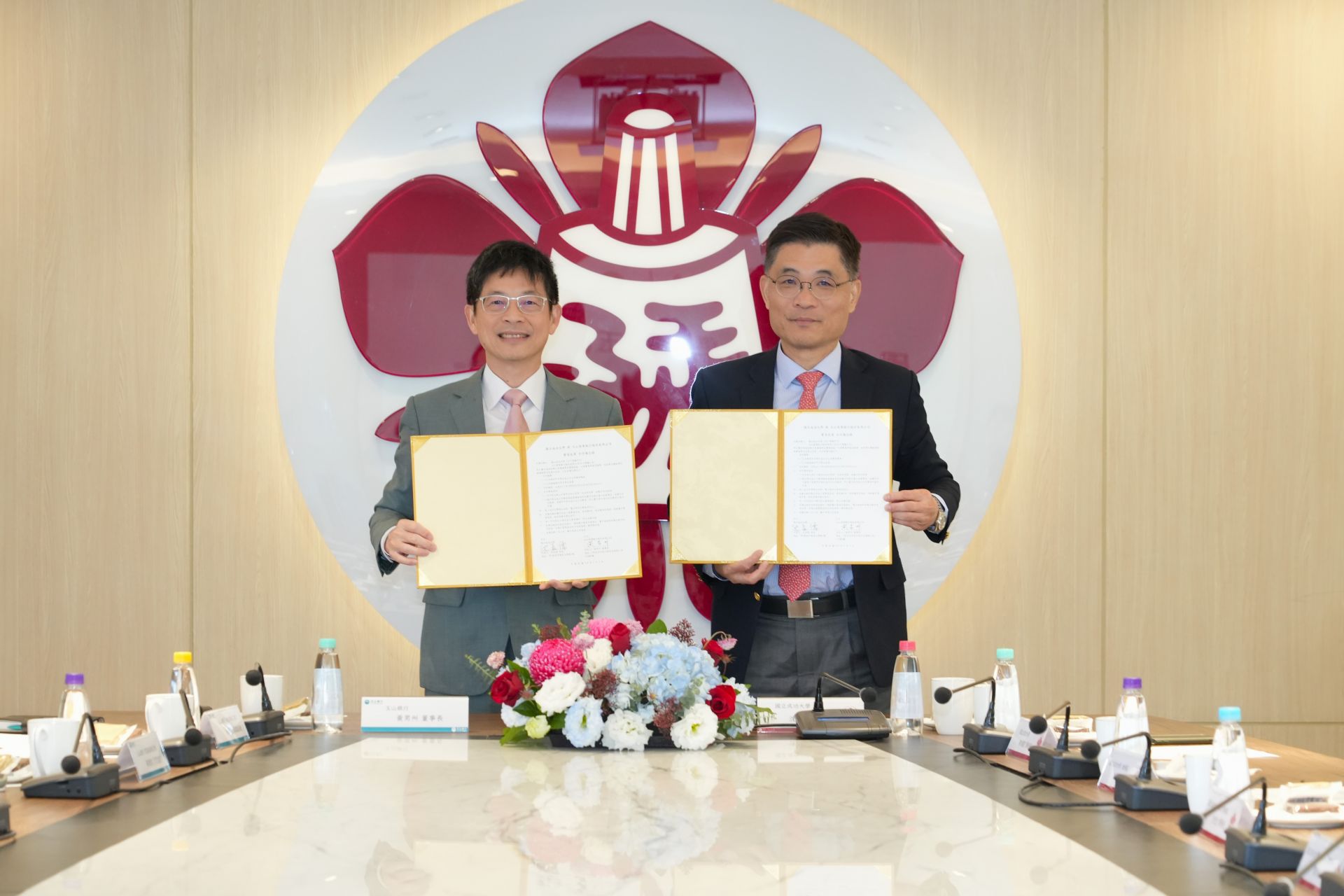During the cultivation process, if the green leaves of plants undergo color changes due to factors such as temperature fluctuations, light exposure, or artificial application of chemicals, it is referred to as "variegation." This phenomenon not only creates different color combinations for the original green plants but also enhances their ornamental value. Moreover, when plants are capable of emitting light at night, it offers a unique and fantastical experience.
Professor Yan-Hsun Su (Scopus) from the Department of Materials Science and Engineering at NCKU, along with his research team, has been devoted to the development of technology for luminescent variegation of plants. In 2015, in collaboration with Dr. Sheng-Long Tu and Dr. Zhen-Biao Yan from the Department of Resources Engineering at NCKU, they utilized the principles of nanomaterial energy storage to enable plants to emit light at night. By combining functional surface modification techniques with plants, luminescent non-toxic coatings were successfully applied to the surface of leaves and absorbed into the veins, allowing the leaves to undergo effective physical or chemical changes. Professor Su mentioned that the coating does not affect the natural growth of plants and can be applied repeatedly, making it suitable for various natural plants.
Professor Su pointed out that the nanotechnology used by the research team allows plants to maintain their functions without modification of their genes, achieving special controllable functions. Additionally, the luminescent materials used have been certified by SGS International, ensuring safe usage and facilitating international marketing.
In early 2023, with the assistance of the Council of Agriculture, a multidisciplinary research team at NCKU successfully applied luminescent technology to agapanthus and ferns at the Creation Research Base in Yanshui, Tainan. The Council of Agriculture is expected to facilitate the marketing of floral products in the future. Professor Su mentioned that agapanthus is mainly grown in Changhua, Chiayi, and Tainan, and its export volume ranks only slightly below orchids, chrysanthemums, and phalaenopsis in the analysis of exported floral products to the Japanese market, showing great potential.
Professor Su stated that the current luminescent agapanthus is sprayed to overcome the limitations of its wrinkled surface and can be designed to emit multiple colors of light. Agapanthus itself has rich flower colors and resembles roses, also known as "thornless roses." At night, luminescent agapanthus can provide different physical and emotional experiences. The floral language of agapanthus is "unchanging love," making it an excellent choice for botanical art therapy and gifts for loved ones.
In 2022, the luminescent variegation technology developed by Professor Su and his research team, combined with high-entropy materials developed by Professor Jyh-Ming Ting (Scopus) from the Department of Materials Science and Engineering at NCKU, enabled the production of more diverse luminescent colors, currently capable of producing red, green, and blue luminescent colors. In addition, Professor Su has collaborated with Assistant Professor Wei-Chien Ma from the Institute of Art at NCKU to conduct art therapy courses, collaborated with Professor Shu-Mei Wang from National Taiwan University (NTU) on local revitalization projects, collaborated with Research Fellow Zhao-Zheng Guan from Academia Sinica on material energy level design, and collaborated with Assistant Professor Yi-Sheng Lai from the Department of Mechanical Engineering at Chung Cheng University (CCU) on heterogeneous processing technology, expanding the multidimensional application value of technology, art, and humanities.
The research achievements in luminescent plants have won recognition, including the 2022 Future Technology Award from the National Science Council and the 2022 MUSE Design Award from the United States. Professor Su expressed the hope that with the assistance of the Council of Agriculture in the future, opportunities for the production and marketing of luminescent plants can be developed. Moreover, he aims to contribute to local revitalization projects, create more job opportunities in rural areas, or collaborate with charitable organizations to ensure that economic benefits contribute back to society.
Professor Yan-Hsun Su (Scopus) from the Department of Materials Science and Engineering at NCKU, along with his research team, has been devoted to the development of technology for luminescent variegation of plants. In 2015, in collaboration with Dr. Sheng-Long Tu and Dr. Zhen-Biao Yan from the Department of Resources Engineering at NCKU, they utilized the principles of nanomaterial energy storage to enable plants to emit light at night. By combining functional surface modification techniques with plants, luminescent non-toxic coatings were successfully applied to the surface of leaves and absorbed into the veins, allowing the leaves to undergo effective physical or chemical changes. Professor Su mentioned that the coating does not affect the natural growth of plants and can be applied repeatedly, making it suitable for various natural plants.
Professor Su pointed out that the nanotechnology used by the research team allows plants to maintain their functions without modification of their genes, achieving special controllable functions. Additionally, the luminescent materials used have been certified by SGS International, ensuring safe usage and facilitating international marketing.
In early 2023, with the assistance of the Council of Agriculture, a multidisciplinary research team at NCKU successfully applied luminescent technology to agapanthus and ferns at the Creation Research Base in Yanshui, Tainan. The Council of Agriculture is expected to facilitate the marketing of floral products in the future. Professor Su mentioned that agapanthus is mainly grown in Changhua, Chiayi, and Tainan, and its export volume ranks only slightly below orchids, chrysanthemums, and phalaenopsis in the analysis of exported floral products to the Japanese market, showing great potential.
Professor Su stated that the current luminescent agapanthus is sprayed to overcome the limitations of its wrinkled surface and can be designed to emit multiple colors of light. Agapanthus itself has rich flower colors and resembles roses, also known as "thornless roses." At night, luminescent agapanthus can provide different physical and emotional experiences. The floral language of agapanthus is "unchanging love," making it an excellent choice for botanical art therapy and gifts for loved ones.
In 2022, the luminescent variegation technology developed by Professor Su and his research team, combined with high-entropy materials developed by Professor Jyh-Ming Ting (Scopus) from the Department of Materials Science and Engineering at NCKU, enabled the production of more diverse luminescent colors, currently capable of producing red, green, and blue luminescent colors. In addition, Professor Su has collaborated with Assistant Professor Wei-Chien Ma from the Institute of Art at NCKU to conduct art therapy courses, collaborated with Professor Shu-Mei Wang from National Taiwan University (NTU) on local revitalization projects, collaborated with Research Fellow Zhao-Zheng Guan from Academia Sinica on material energy level design, and collaborated with Assistant Professor Yi-Sheng Lai from the Department of Mechanical Engineering at Chung Cheng University (CCU) on heterogeneous processing technology, expanding the multidimensional application value of technology, art, and humanities.
The research achievements in luminescent plants have won recognition, including the 2022 Future Technology Award from the National Science Council and the 2022 MUSE Design Award from the United States. Professor Su expressed the hope that with the assistance of the Council of Agriculture in the future, opportunities for the production and marketing of luminescent plants can be developed. Moreover, he aims to contribute to local revitalization projects, create more job opportunities in rural areas, or collaborate with charitable organizations to ensure that economic benefits contribute back to society.
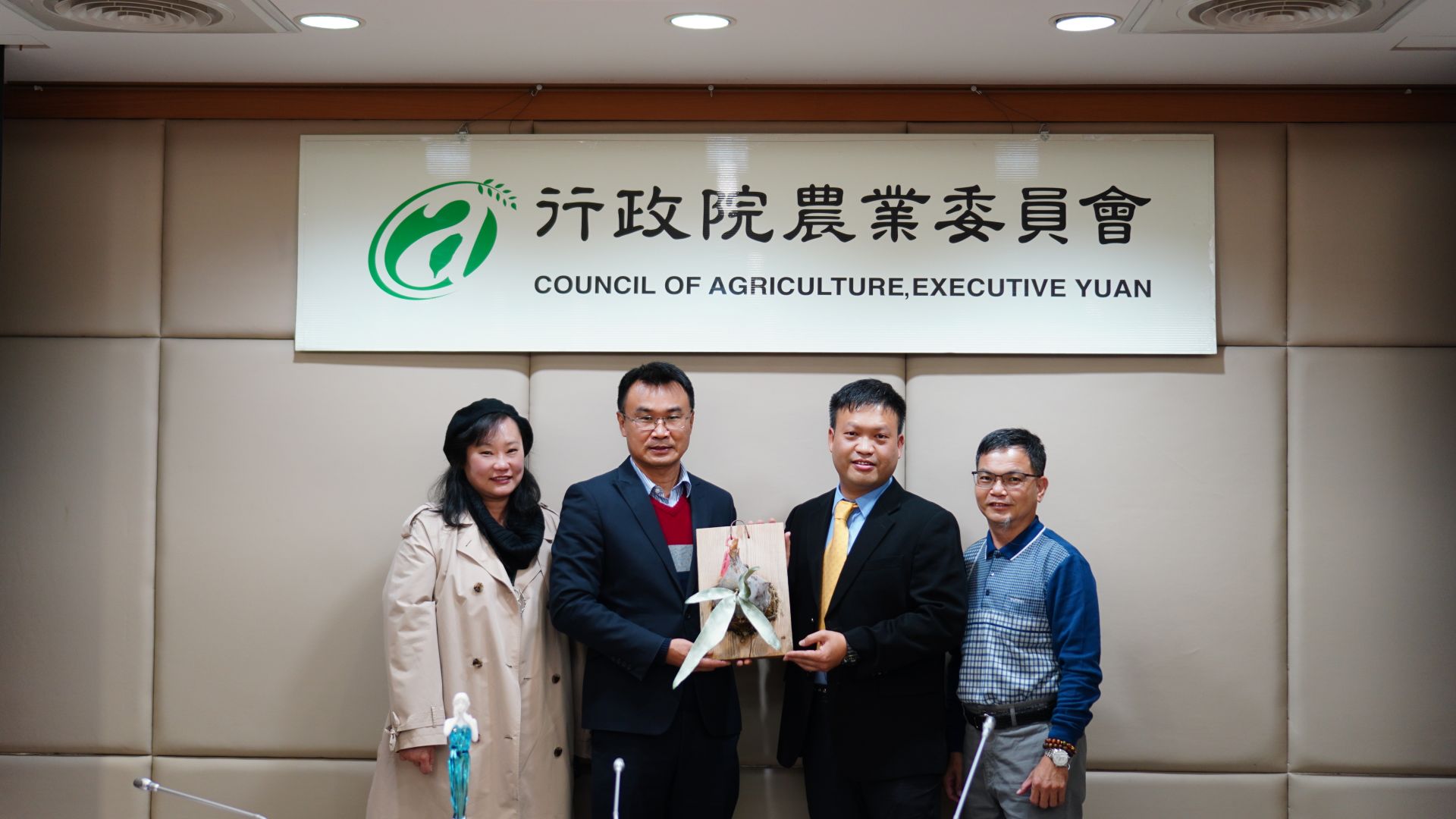
"NCKU Materials Science and Engineering Professor Yen-Hsun Su (second from right) gifts a luminous 'White Lover' stag fern to Council of Agriculture Chairman Chi-Chung Chen (third from right)."
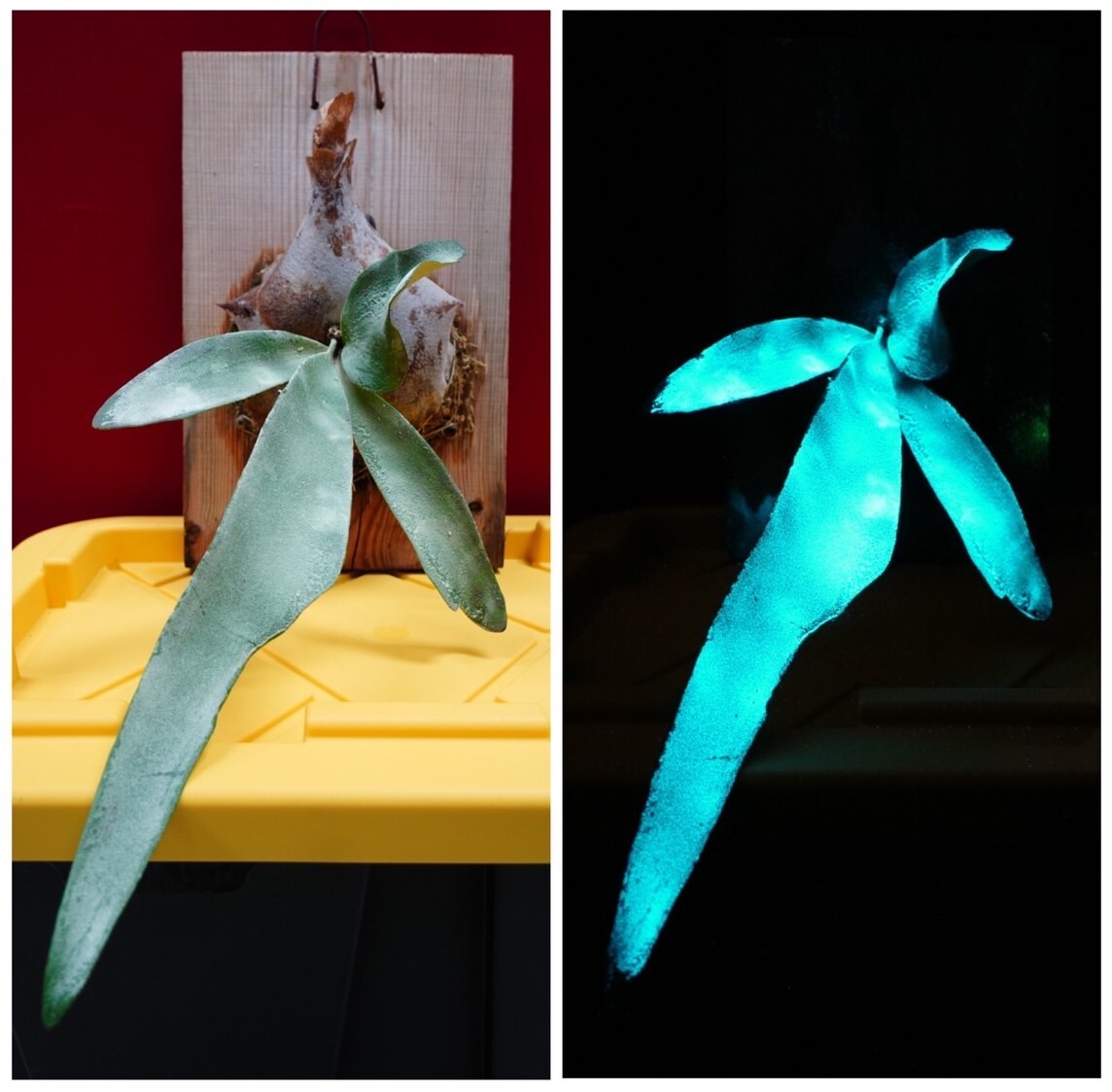
"A comparison photo of a glowing 'White Lover' stag fern in sunlight and in a dark environment."
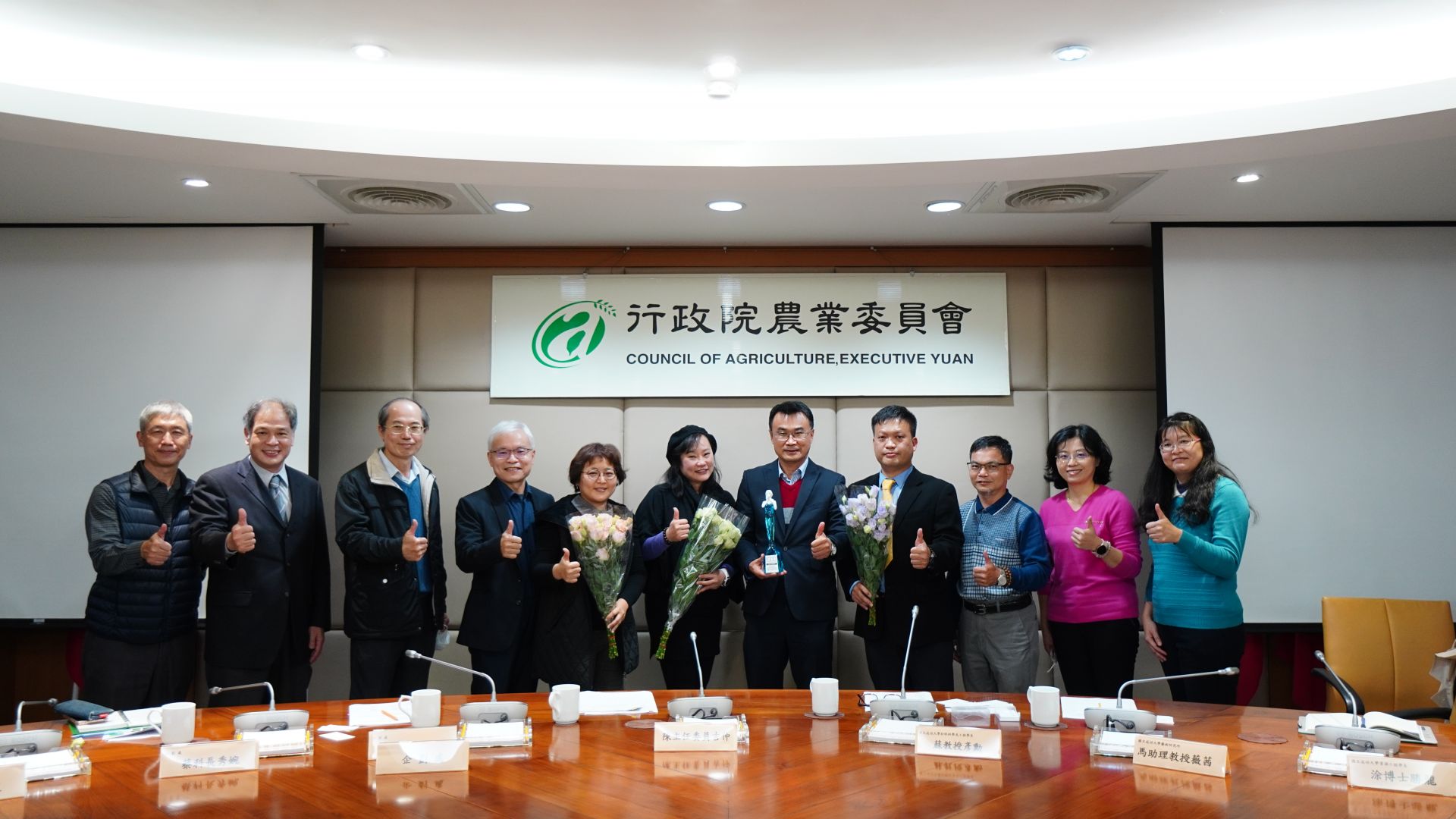
"The Council of Agriculture supports NCKU's team in developing luminescent delphiniums. Here's a snapshot of the Council's leader with NCKU's faculty."

The luminescent delphiniums now come in red, green, and blue varieties.
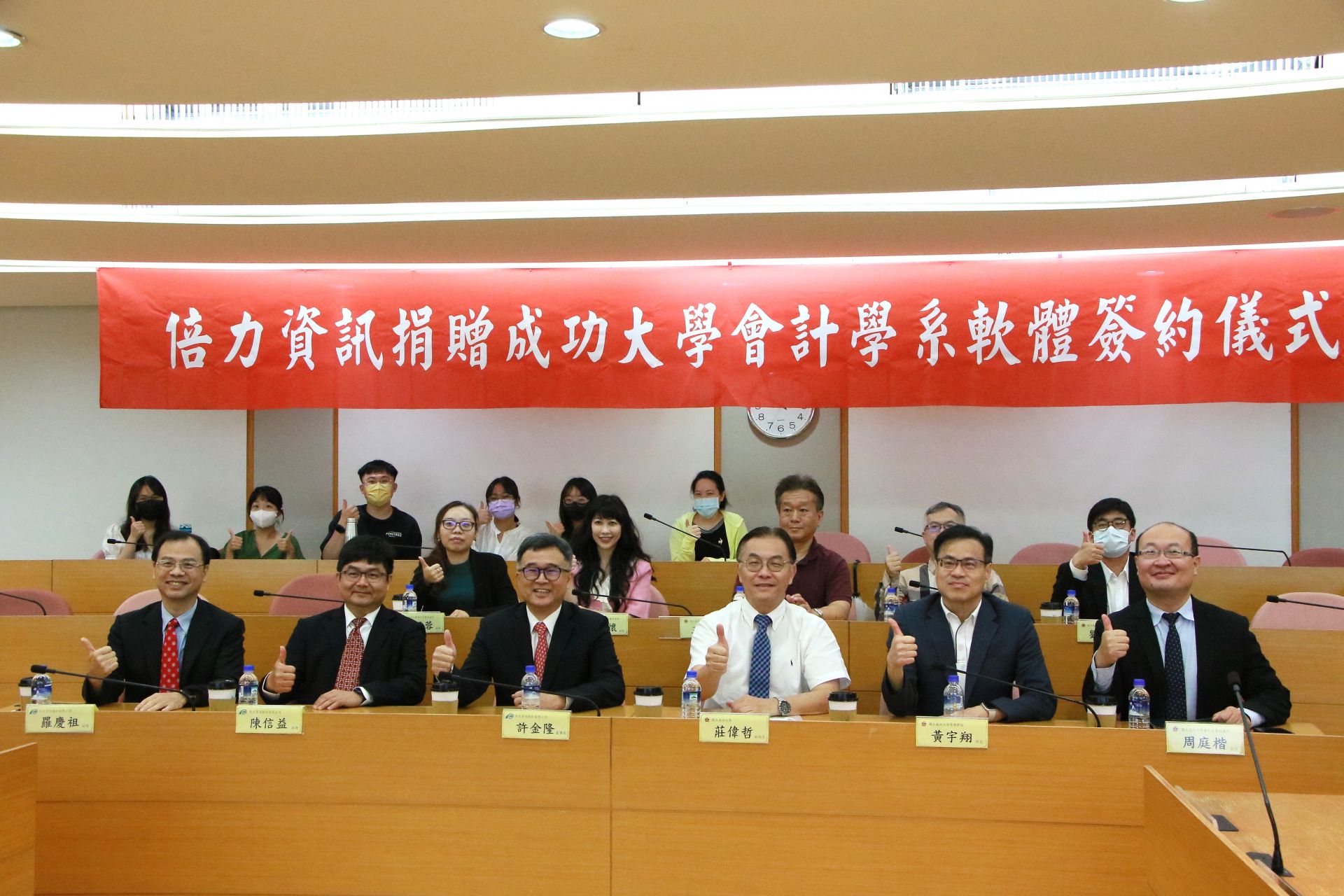
SDG8M-Power Information Donates Accounting Software to NCKU to Foster Talent and Advance Accounting Field
View more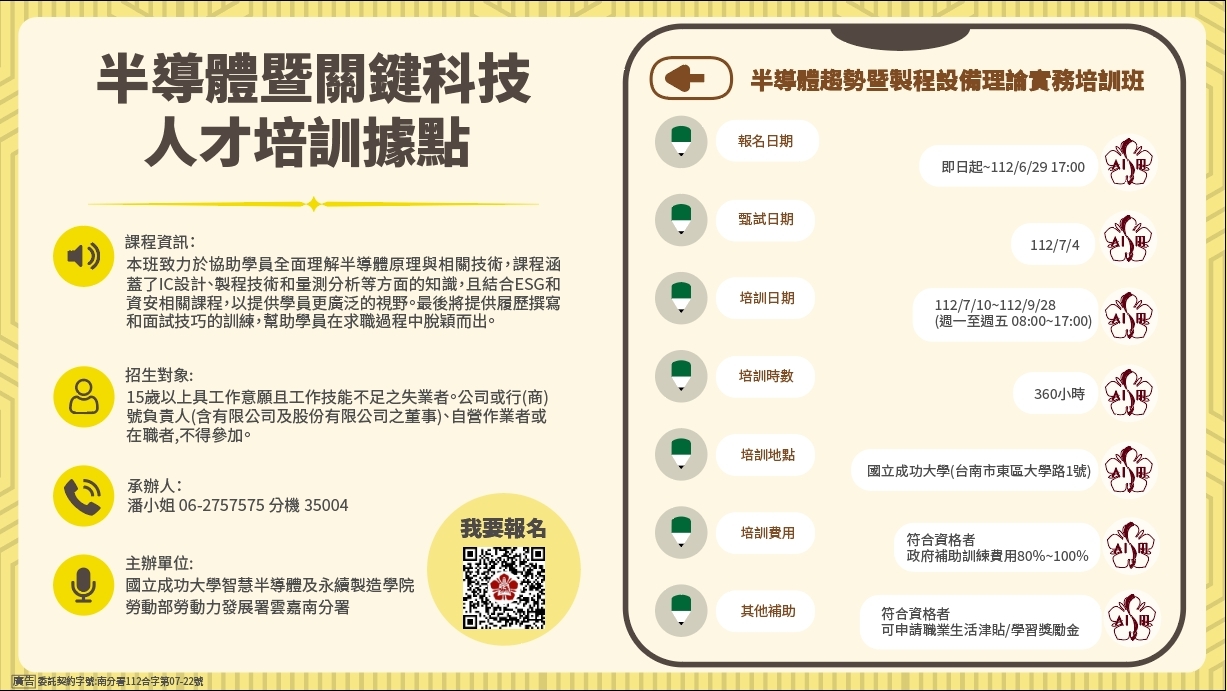
SDG8The semiconductor pre-employment training program at NCKU is now open for enrollment from today until June 29th
View more